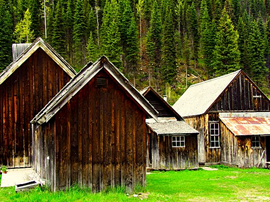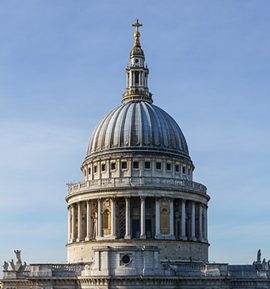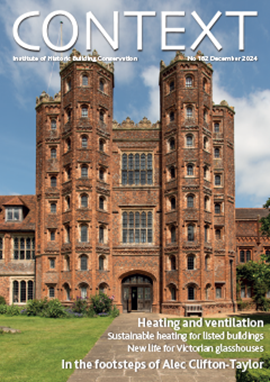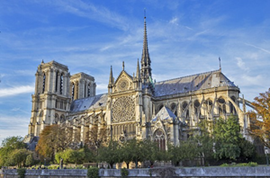Brighton Dome reopens
Brighton Dome’s historic Grade I and Grade II listed Corn Exchange and Studio Theatre have reopened for live performances following a six-year refurbishment.
The work is the first phase of a regeneration project by Brighton and Hove City Council, in partnership with Brighton Dome and Brighton Festival and Brighton and Hove Museums, to cement the Royal Pavilion Estate as a landmark destination for heritage and the arts. The refurbished spaces have been designed by Feilden Clegg Bradley Studios.
The original wooden beams of the Corn Exchange’s timber frame have been repaired, strengthened and restored to designs by the building’s original architect, William Porden, in the early 1800s. The Studio Theatre’s original features, such as crenelated windows that mimic the character of the Royal Pavilion, have been conserved and its ceiling replaced with a new yet historically accurate version. Its exterior has been restored and repaired.
The Grade I listed Concert Hall and Corn Exchange were originally commissioned in 1803 as a stable block and riding house to accompany the Prince Regent’s extravagant seaside palace, the Royal Pavilion. William Porden took inspiration from the Jama Masjid (Friday Mosque) in Delhi for the stable’s exterior, and the glass ceiling of the huge domed roof owed a debt to the Paris Corn Exchange. The dimensions of the riding house were equally ambitious, its 18-metre-wide single span timber roof remaining the largest in the country.
The stables were used as a cavalry barracks until the interior was remodelled as a concert and assembly hall, and reopened in 1867. The riding house reopened in 1868 as a Corn Exchange. In 1934 and 1935, both the Concert Hall and Corn Exchange were refurbished by architect Robert Atkinson. The Concert Hall received a radical art-deco redesign, and the Corn Exchange was repurposed as a single, grand room for exhibitions and functions.
This article originally appeared in the Institute of Historic Building Conservation’s (IHBC’s) Context 179, published in March 2024.
--Institute of Historic Building Conservation
Related articles on Designing Buildings
IHBC NewsBlog
200th Anniversary Celebration of the Modern Railway Planned
The Stockton & Darlington Railway opened on September 27, 1825.
Competence Framework Launched for Sustainability in the Built Environment
The Construction Industry Council (CIC) and the Edge have jointly published the framework.
Historic England Launches Wellbeing Strategy for Heritage
Whether through visiting, volunteering, learning or creative practice, engaging with heritage can strengthen confidence, resilience, hope and social connections.
National Trust for Canada’s Review of 2024
Great Saves & Worst Losses Highlighted
IHBC's SelfStarter Website Undergoes Refresh
New updates and resources for emerging conservation professionals.
‘Behind the Scenes’ podcast on St. Pauls Cathedral Published
Experience the inside track on one of the world’s best known places of worship and visitor attractions.
National Audit Office (NAO) says Government building maintenance backlog is at least £49 billion
The public spending watchdog will need to consider the best way to manage its assets to bring property condition to a satisfactory level.
IHBC Publishes C182 focused on Heating and Ventilation
The latest issue of Context explores sustainable heating for listed buildings and more.
Notre-Dame Cathedral of Paris reopening: 7-8 December
The reopening is in time for Christmas 2025.
Stirling Prize-winning Salford building to be demolished
The Centenary Building will be bulldozed as part of the wider £2.5bn Crescent regeneration project.
















